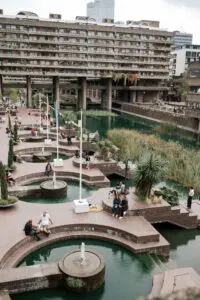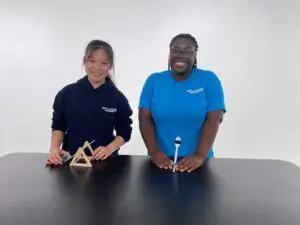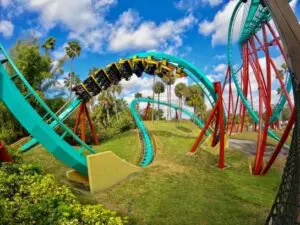Materials
Instructions
Guiding Questions
STEM Connections
Translated activity PDFs








Thank you! Your submission is processing.